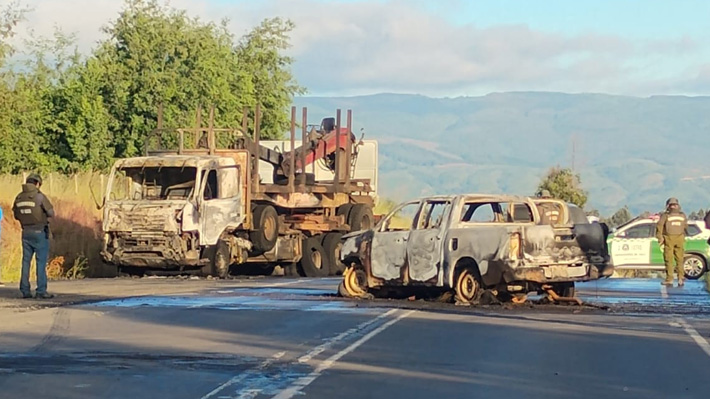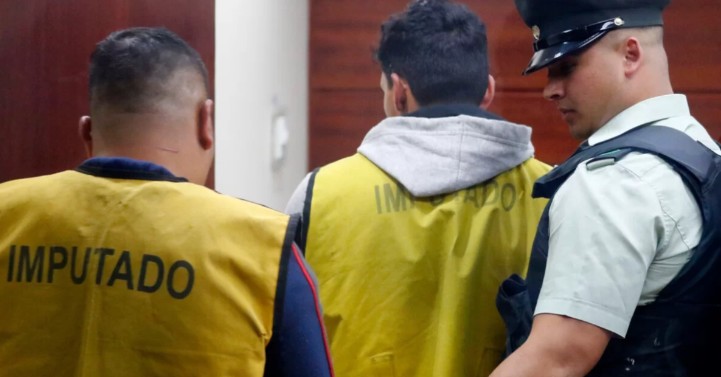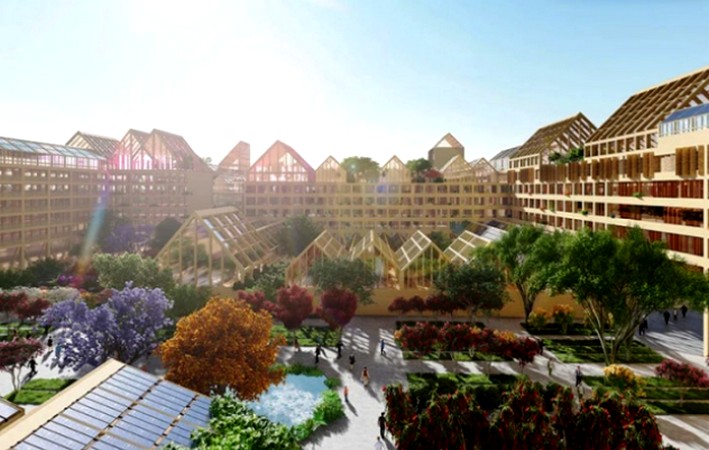Ten Communes in the Southern Macrozone Account for 47% of the Indigenous Land and Water Fund Expenditure
The Presidential Commission for Peace and Understanding, composed of 11 political figures from various backgrounds, has until this Friday, January 31, to submit a report outlining proposals to reach an agreement regarding the violence in the Southern Macrozone. However, in recent days, there has been discussion about postponing the deadline.
In this context, the Libertad y Desarrollo Institute released an update to its report "A Critical Look at Indigenous Land Policy in Chile," detailing aspects of the Indigenous Land and Water Fund managed by the National Corporation for Indigenous Development (a body under the Ministry of Social Development).
According to updated figures as of November 2024, the report states that a group of 10 communes—Victoria, Vilcún, Freire, Traiguén, Curacautín, Ercilla, Galvarino, Lautaro (Araucanía Region), Tirúa, and Cañete (Bíobio)—account for 47% of the fund's expenditures since its implementation under Article 20 of the Indigenous Law in 1994. Additionally, the distributed lands in these communes represent 34% of their total surface area, a 6% increase from the previous report (28%), which covered the period from 1994 to September 2023. Furthermore, indigenous communities in this territory make up 18% (the same proportion as in 2023), and 20% of the land is associated...
Conadi's Version
When consulted, Conadi, the agency responsible for managing the fund, explained through its acting national director, Álvaro Morales Marileo, that this concentration—primarily in communes of Araucanía—is due to "a historically higher number of land titles granted to indigenous communities established to date." He added, "These communes also contain the oldest land claims."
Morales also stated that "as of August 2024, out of 709 eligible indigenous communities (for the fund), 571 were located in Araucanía." Concluding his remarks, he explained that, in accordance with budget laws, the prioritization of fund requests follows "the criterion of the oldest respective claim date."
Daniel Rebolledo, a researcher at Libertad y Desarrollo's political program, counters this explanation: "Overall, this high percentage of spending and subsidized lands cannot be justified by a possible higher demand due to an equivalent concentration of land titles or indigenous communities, nor because these communes' production levels are significantly higher compared to the rest of the Southern Macrozone."
Rebolledo adds that only violent incidents showed a proportion similar to land purchases, while other factors were far lower, such as forested and reforested areas (13%) and productive agricultural land (9%).
For former National Security Coordinator for Araucanía Pablo Urquizar, this concentration in communes—most of which are affected by multiple cases of violence in the Southern Macrozone—"is clearly a problem of the State." He argues, considering that "nine of the ten mentioned communes are among the 15 with the highest violence rates in the Southern Macrozone," that "in the past, the State created perverse incentives by granting land to those who used violence (...). Even individuals without any associated land titles received land."
Source:El Mercurio

















